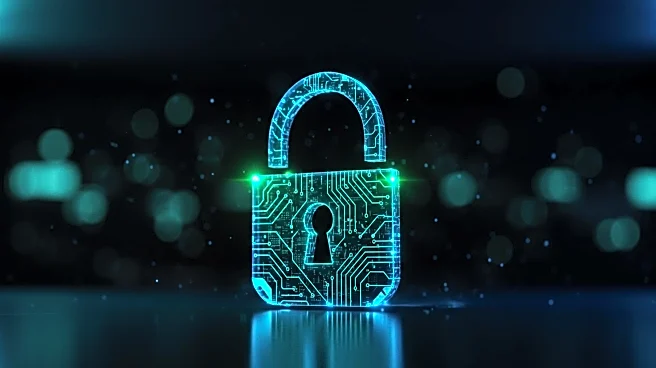Rapid Read • 8 min read
CodeSecCon 2025, a virtual event held on August 12-13, brought together security leaders, engineers, and DevOps professionals to address pressing challenges in software security. The conference focused on the rapid evolution of software and the corresponding rise in threats, including AI-powered attacks and vulnerabilities in the software supply chain. Key discussions included the persistent gaps in application security, such as inaccurate static testing and risk-based prioritization. Clinton Herget of Snyk highlighted these issues, questioning whether application security is keeping pace with innovation. Adam La Morre of Chainguard discussed the risks associated with mismatches between published packages and their upstream sources, a vulnerability affecting millions of applications. The event also explored the role of AI in both defending against and facilitating attacks, with experts like Anupam Chansarkar of Amazon addressing AI-induced vulnerabilities and cross-verification methods.
AD
The discussions at CodeSecCon 2025 are crucial as they address the evolving landscape of software security, which is increasingly threatened by sophisticated attacks and supply chain vulnerabilities. The insights shared at the conference have significant implications for U.S. industries reliant on secure software systems, including finance, healthcare, and critical infrastructure. As AI becomes more integrated into software development, understanding its dual role as both a tool and a threat is vital for maintaining robust security measures. The event's focus on practical solutions, such as improving compliance and embedding security into the developer mindset, offers pathways for organizations to enhance their defenses. This is particularly important as non-human identities in enterprise systems grow, presenting new attack surfaces.
Following CodeSecCon 2025, organizations are likely to implement the strategies and tools discussed to bolster their software security frameworks. This includes adopting AI-driven defenses, improving supply chain transparency, and enhancing developer training to embed security practices. The conference's emphasis on collaboration among security professionals suggests a continued dialogue and sharing of best practices to address emerging threats. Companies may also prioritize the development of more accurate testing methods and risk-based prioritization to close existing security gaps. As these initiatives take shape, they could lead to industry-wide improvements in software security standards.
AD
More Stories You Might Enjoy











